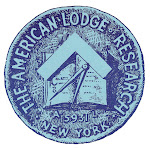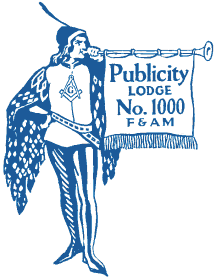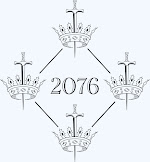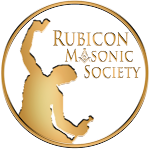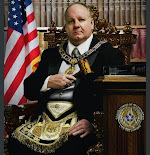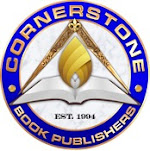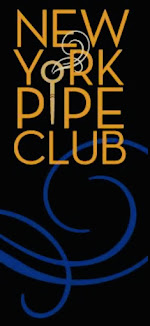 |
| The Petition by John Ward Dunsmore, oil on canvas, 1926. On exhibit in Washington’s Headquarters Museum in Morristown. |
If you sneeze, you’d miss it, but there is a reference to Freemasonry in the recent Ken Burns documentary after all.
The American Revolution was broadcast on PBS last week, and I finally caught up to the closing episode, titled “The Most Sacred Thing (May 1780 – Onward),” today. The longest of the six parts, this chapter extends briefly beyond the Treaty of Paris to place the Constitution and the Bill of Rights in relation to the war.
Freemasonry is not spoken of. It is neither in the narration, nor the voice-acting, not even in any interview. It’s visual and quick. And a non-sequitur.
At the 35:06 mark, while the narrator explains a mutiny on January 1, 1781, when approximately 1,500 Continental soldiers from Pennsylvania, encamped near Morristown, New Jersey, rebelled over their typical meager living conditions and non-existent pay, we see a Worshipful Master in the East. The disgruntled troops aimed to march on Philadelphia “to confront Congress with their grievances.” They had six artillery pieces. Wisely, the Pennsylvania legislature acted first and agreed to most demands, particularly the back pay, and this rebellion within the Revolution was quelled.
I don’t know how John Ward Dunsmore’s painting, The Petition, was chosen to be the wallpaper during the telling of this bit of history. I wonder if there had been a minute devoted to Freemasons’ Revolutionary significance that was omitted for time, and this 18-second panning out shot of the painting was the only aspect to survive the editing.
 |
| revolutionarywarnewjersey.com |
The detail about Morristown is the only connection, as the 59x46 oil on canvas from 1926 depicts a meeting in Morristown of American Union Lodge, a traveling military lodge from Connecticut, in deliberation over whether to organize a national grand lodge of Freemasons for the United States. This took place on St. John Evangelist Day 1779 in Arnold’s Tavern, although the scene painted looks to me larger and more fancy than what I’d guess Bro. Jacob Arnold’s venue really was.
 |
| Detail of The Petition. Click to enlarge. |
The initiated eye will discern immediately this is a Masonic meeting. Worshipful Master Jonathan Hart is clearly seen seated in the East with the Master’s jewel about his neck. The Three Great Lights and Three Lesser Lights are in place, and the altar even seems to be the right size and shape for the period. George Washington is shown in profile seated in the north. He is known to have attended American Union in Morristown that day. (Click here if you have time.)
As a historical reference, The Petition is annoying as it depicts Alexander Hamilton and others who were not Masons in the scene, but, again, Dunsmore painted this in 1926, a time of great national patriotism in the country’s sesquicentennial year. The artist may have believed or hoped Hamilton and the others were Brothers. Masonic researchers then were even more rare than they are today, so there were too few sources of accurate information.
This is not the incorporation of Masonic history in this documentary I had hoped for, but it’s better than nothing, and there ought to have been something. I enjoyed the series overall, despite some errors and omissions.
Click here for an introduction to this subject.
The Petition can be viewed in person in the Morristown National Historical Park’s museum, inside the Revolutionary Room of the Washington’s Headquarters Museum (the Ford Mansion), at 30 Washington Place. It is on indefinite loan from the New-York Historical Society.
And American Union Lodge? Yes, it is still at labor! It meets at Marietta, Ohio and will celebrate its own 250th anniversary in February. I’ll be there, and hope to see you.








